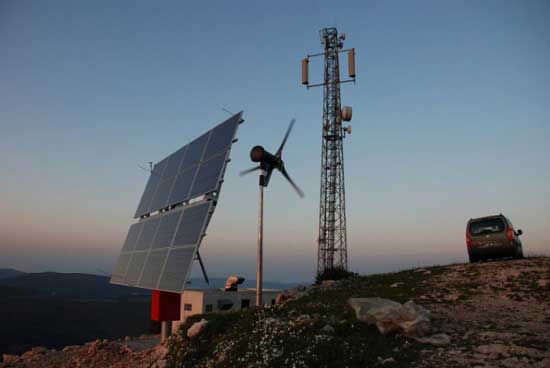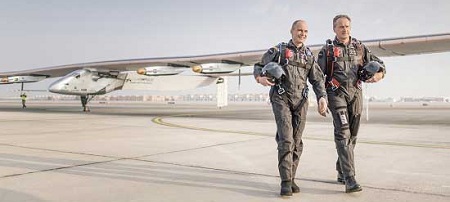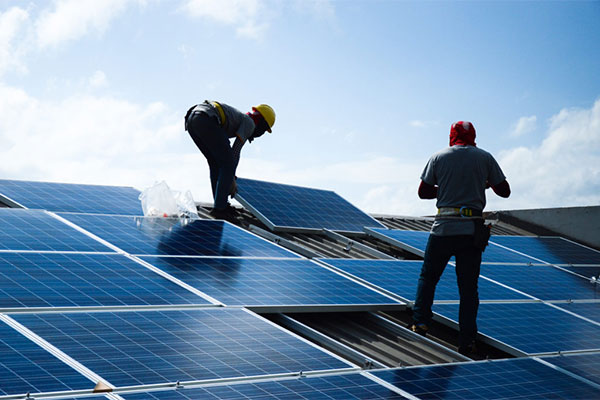Cell phone towers
 Avea, a Turkish MNO (Mobile Network Operator) deployed a solar- and wind-powered base station. ©2010 AVEA
Avea, a Turkish MNO (Mobile Network Operator) deployed a solar- and wind-powered base station. ©2010 AVEA
In some countries, the majority of cell towers have to be powered by continuously operating diesel generators because the electric grid is too unreliable. Using solar power, reduces cost and environmental impact by reducing the carbon footprint.
“Telecomms companies have been trying to do this on a large scale for several years, but the cost of connecting the small devices to the power grid is making them prohibitively expensive — you can install an antennae on a building cornice, but try getting an electrical wire there,” an industry professional states. “That’s where solar comes in: Make them solar powered and you can easily install them almost anywhere.”
















Comments